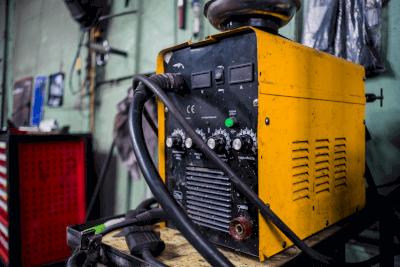What Is an Air Table?
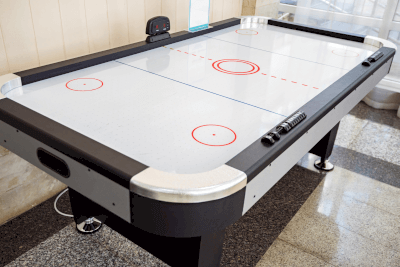 An air table is a specialized work table that utilizes air pressure for lifting and moving materials. Commonly used in production lines, its design includes numerous pores on the top panel through which air pressure is transmitted, significantly enhancing work efficiency.
An air table is a specialized work table that utilizes air pressure for lifting and moving materials. Commonly used in production lines, its design includes numerous pores on the top panel through which air pressure is transmitted, significantly enhancing work efficiency.
This technology is versatile and finds applications in industries that handle heavy items, bookbinding, and distribution. A familiar example of air table technology in everyday life is air hockey tables found in game centers.
Uses of Air Tables
Air tables are primarily used in paper mills, bookbinding plants, and the logistics industry. They are instrumental in handling packaging materials, sorting fruits and vegetables, and sorting lines for industrial waste. Some air tables integrate with standard work tables, and certain models feature adjustable airflow, which is particularly useful in bookbinding operations.
Principle of Air Tables
In agricultural applications like sorting fruits and vegetables, air tables utilize air pressure to sort items based on their specific gravity. They are effective in sorting and removing foreign objects like stones and metal fragments in grain sorting lines for rice and wheat. In recycling and waste management, they facilitate the sorting of plastics, metals like copper and aluminum, and even precious metals like gold from industrial waste. When combined with optical sensors, air tables enable more sophisticated sorting processes.
For simpler operations, air tables improve the efficiency of feeding operations such as in paper handling. By adjusting the air pressure to the weight of the paper, a stream of air is created that can lift and move loads like a 20 kg paper stack with minimal effort.
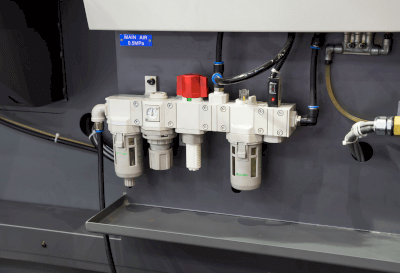 The FRL unit, comprising a filter,
The FRL unit, comprising a filter, 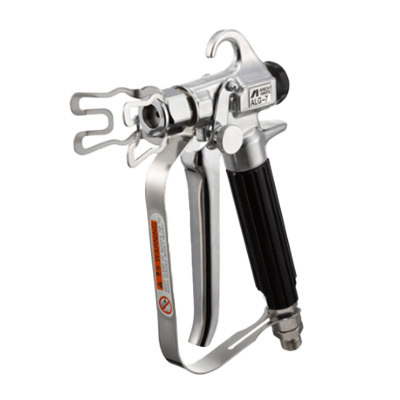
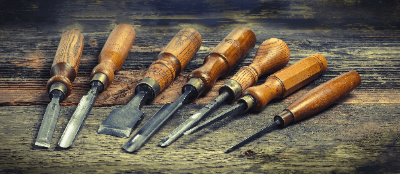 A chisel is a tool designed for processing hard materials such as metal, rock, concrete, and more. They come in various types, each with differently shaped tips to suit specific purposes. The tip of a chisel is typically wider and sharpened for effective scraping and cutting.
A chisel is a tool designed for processing hard materials such as metal, rock, concrete, and more. They come in various types, each with differently shaped tips to suit specific purposes. The tip of a chisel is typically wider and sharpened for effective scraping and cutting.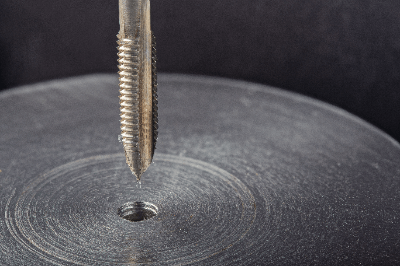

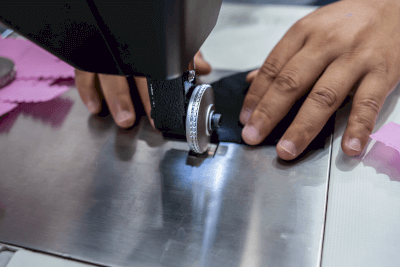 An embossing punch is a tool used to create a raised relief surface on pliable materials like metal, paper, or fabric. This process, known as embossing, can create various patterns, from simple letters and numbers, circles, and
An embossing punch is a tool used to create a raised relief surface on pliable materials like metal, paper, or fabric. This process, known as embossing, can create various patterns, from simple letters and numbers, circles, and 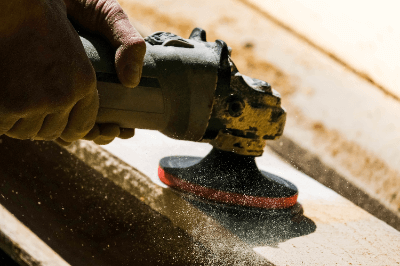 A sander is a power tool that uses a motor to sand surfaces through a rotating motion. Most sanders operate with an eccentric rotation, meaning the center of rotation is offset, allowing for more effective and wider area polishing.
A sander is a power tool that uses a motor to sand surfaces through a rotating motion. Most sanders operate with an eccentric rotation, meaning the center of rotation is offset, allowing for more effective and wider area polishing.